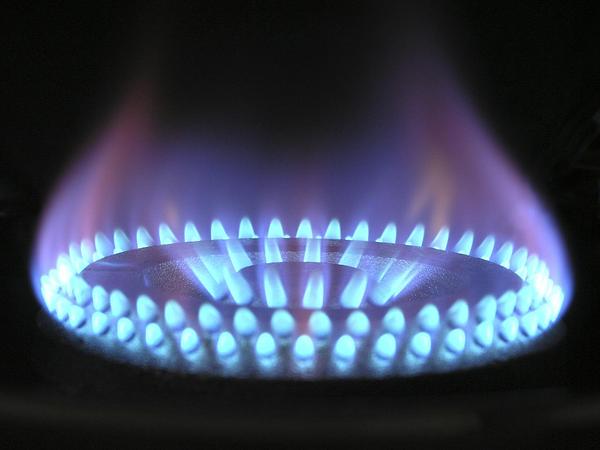September 2023
Electricity can heat buildings directly by powering electric storage heaters and electric boilers or indirectly via heat pumps.
Heat Pumps
Heat pumps are the key decarbonising technology for buildings. A heat pump is a device that does not rely on fuel combustion and instead uses electricity to provide heat, making it an attractive low carbon alternative to gas and oil boilers. It works similarly to a fridge – except in reverse. There are three main types, which differ in where they source heat from: ground-source, air-source and water-source heat pumps.
Heat pump technologies are mature, readily available on the market, and have already been demonstrated at scale in Europe. Heat pumps are more efficient than other heating systems, exact energy demands will depend on the heat source and the output temperature which varies throughout the year. Despite one kWh of electricity in general being more expensive than one kWh of gas (by a factor of 4-5), the far higher efficiency of heat pumps means the amount of energy needed can be less than a third of that needed by a gas boiler to produce an equivalent amount of heat.
Whilst biomass currently dominates renewable heat generation, there has been a steady growth in the heat produced by heat pumps. As of 2021, their total heat output in Scotland was 390 GWh and the total number of installations was 21,000.
Direct Electric Heating
Direct electric heating systems (such as electric panel heaters) use electric energy without any supporting mechanisms, such as heat pumps. They are attractive due to their simplicity and typically lower capital cost compared to a wet system. There is a role for them in buildings with very low heat demand. However, the building will be significantly more expensive to run compared to either a gas boiler or heat pump. Direct electric also results in higher peak loads and so is not desirable at scale. The use of storage heaters can help to mitigate both factors but in general direct electric should only be considered where heat pumps are not feasible and where the heat demand is low.
Secondary Technologies
Secondary technologies work well in conjunction with primary zero emissions heating systems such as heat pumps to increase operational effectiveness and maximise emission reduction benefits. Examples include solar thermal, micro wind and solar PV electricity generation as well as a variety of storage technologies such as electric batteries, thermal water stores and thermal heat batteries. Solar PV is an addition to, not a substitute for, low-carbon heat; the carbon savings associated with this generation will decline as the national grid decarbonises. Self-generated electricity can however help reduce the running costs associated with a heat pump, by reducing grid consumption.

